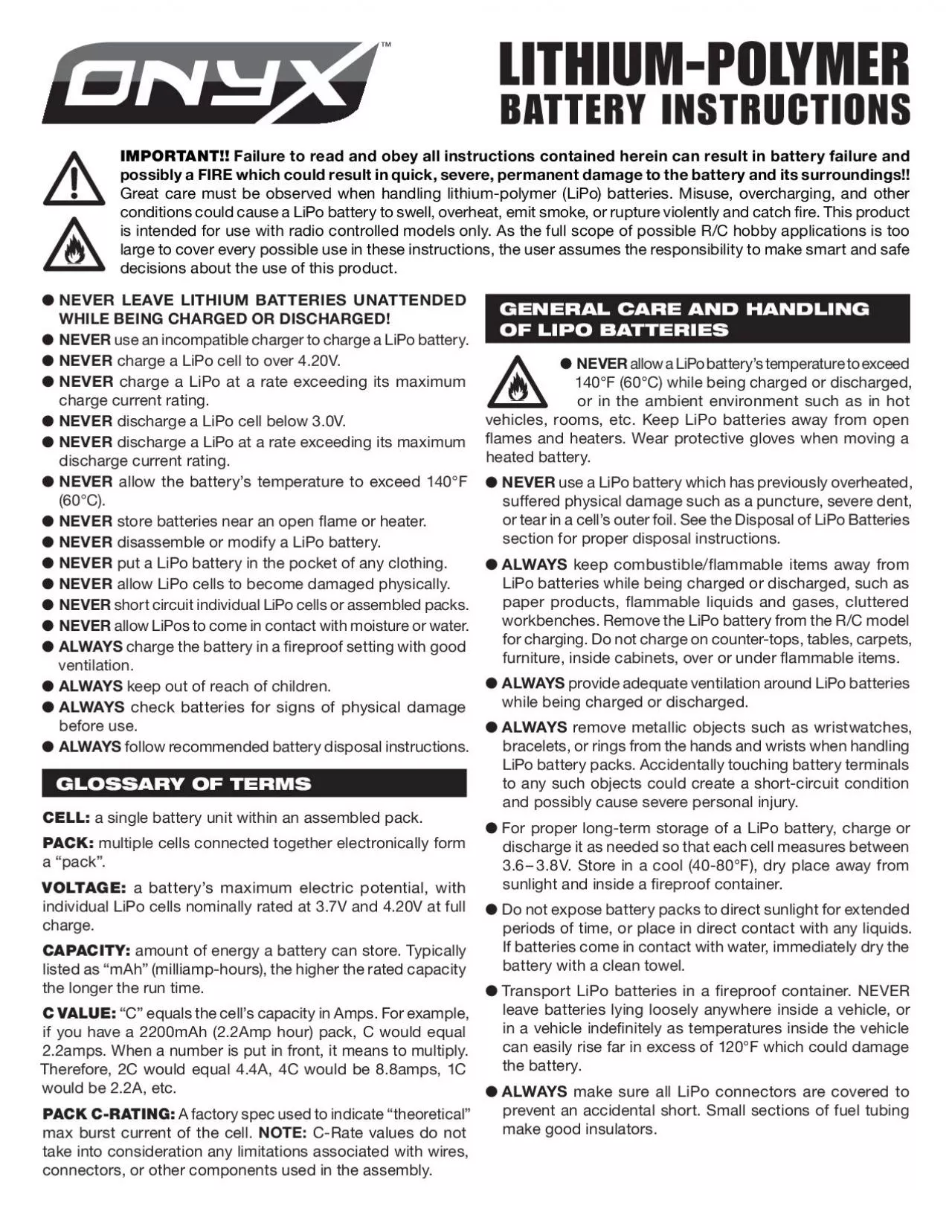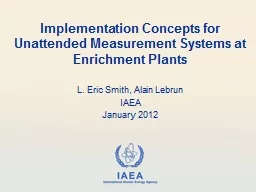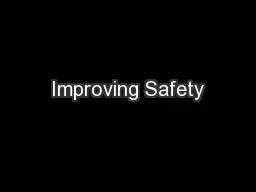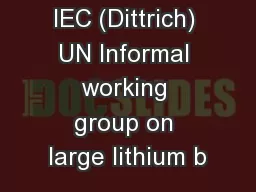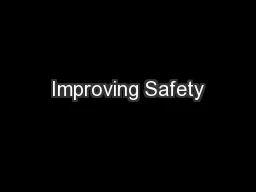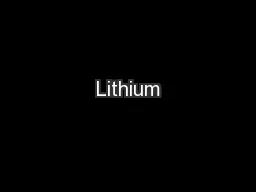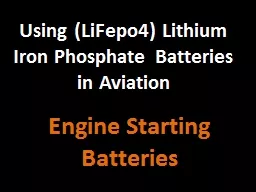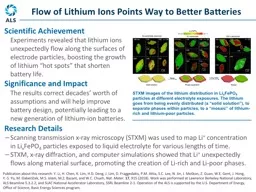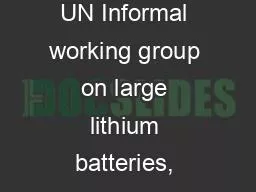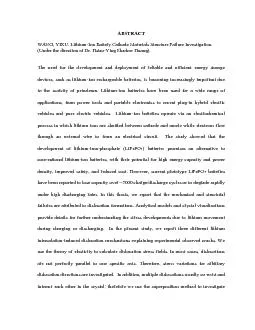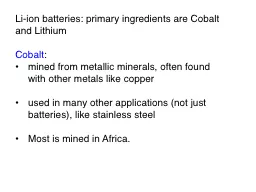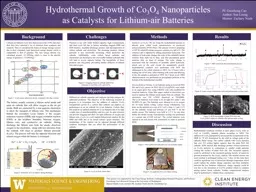PDF-NEVER LEAVE LITHIUM BATTERIES UNATTENDED WHILE BEING CHARGED OR DISCHA
Author : eliza | Published Date : 2021-03-25
GLOSSARY OF TERMS CELL a single battery unit within an assembled packPACK multiple cells connected together electronically form a
Presentation Embed Code
Download Presentation
Download Presentation The PPT/PDF document "NEVER LEAVE LITHIUM BATTERIES UNATTENDED..." is the property of its rightful owner. Permission is granted to download and print the materials on this website for personal, non-commercial use only, and to display it on your personal computer provided you do not modify the materials and that you retain all copyright notices contained in the materials. By downloading content from our website, you accept the terms of this agreement.
NEVER LEAVE LITHIUM BATTERIES UNATTENDED WHILE BEING CHARGED OR DISCHA: Transcript
Download Rules Of Document
"NEVER LEAVE LITHIUM BATTERIES UNATTENDED WHILE BEING CHARGED OR DISCHA"The content belongs to its owner. You may download and print it for personal use, without modification, and keep all copyright notices. By downloading, you agree to these terms.
Related Documents

